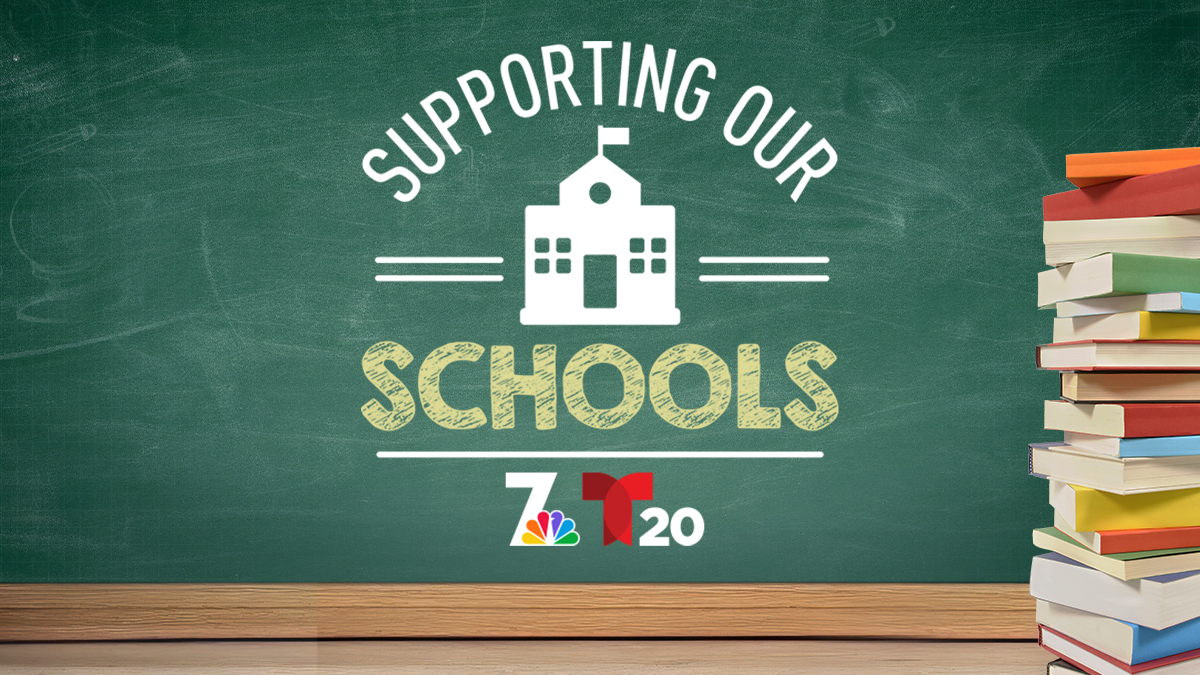One San Diego comedian isn’t laughing after his unemployment relief checks went from $600 per week to less than $100, reports NBC 7’s Alexis Rivas.
One San Diego comedian isn’t laughing after his unemployment relief checks went from $600 per week to less than $100.
“It's kind of like your dream coming to an end,” said Colton Harpie. “And it sucks, you have no control over it. And the people who do have control over it don't seem to care or you can't reach anyone."
Harpie joins an estimated 912,000-plus Americans who now no longer qualify for extra pandemic relief.
“It’s a dream job to be able to stand on a stage, say what you want and make people laugh,” said Harpie.
He’s been cracking jokes on stage for eight years. About a year before the pandemic hit, he went full-time, working as a doorman at the La Jolla Comedy Store and working shows around town.
“I wasn’t making a bunch of money doing comedy,” said Harpie. “But between working here and doing shows, I was definitely getting by.”
But his one-liners flatlined after the shutdown.
“It’s just very hard psychologically, physically, and now financially,” he said.
Harpie says many comics have gotten creative with backyard and online shows, but says, “No one really wants to pay for that."
Like millions of Americans out of work because of the pandemic, Harpie relied on the $600 federal unemployment subsidy. But that ran out at the end of July.
And since Congress failed to pass another relief bill, the only supplemental unemployment aid available is the Lost Wages Assistance (LWA) program, rolled out by President Donald Trump's administration last month, which grants $300 of assistance per week.
In order to get those $300, you need two things:
- You must already get at least $100 in unemployment benefits from the state or other unemployment insurance agency
- You need to self-certify you lost your job because of the pandemic.
“I don’t make enough money to qualify for that $300,” said Harpie, whose unemployment check is $98. “I’m $2 short of the $100 threshold.”
Local
And when he tried calling the unemployment office for help, he didn’t get far.
“It’s just an endless loop of automated voice overs and touch tones,” he explained. “It’s just impossible to reach a live person on the phone.”
He's not alone. Some labor economists estimate roughly 6% of workers don't meet that $100 threshold.
“I don’t know how they’re getting by,” Harpie said. “I’ve been having to borrow money from people. I’m maxed out on my credit card. It sucks.”
Harpie said if nothing changes, he'll likely have to head back to the east coast and move in with family, and he suspects he won't be the only comic in that position.
The $100 restriction doesn't impact workers in every state. Nine states pay a minimum benefit of more than $100 a week, meaning all workers getting aid in these states qualify for the LWA program.



